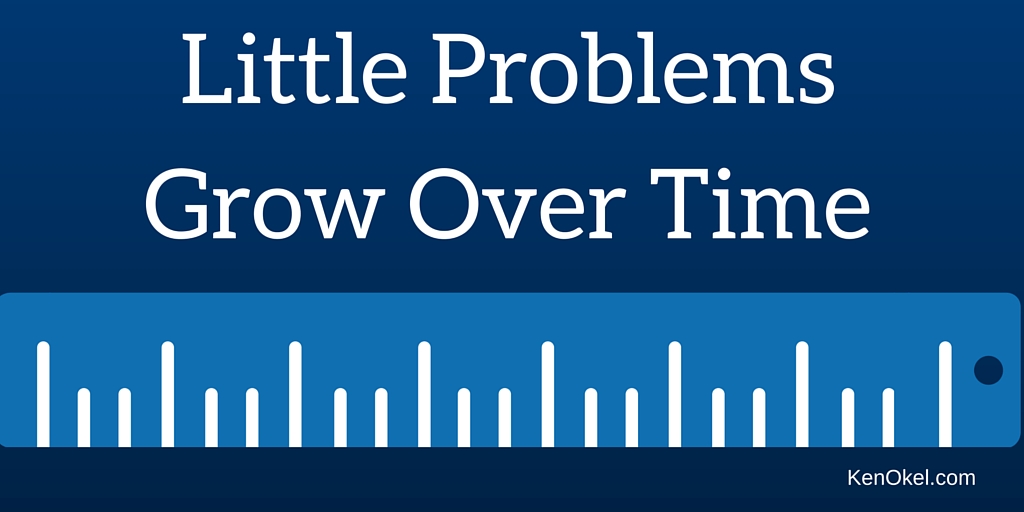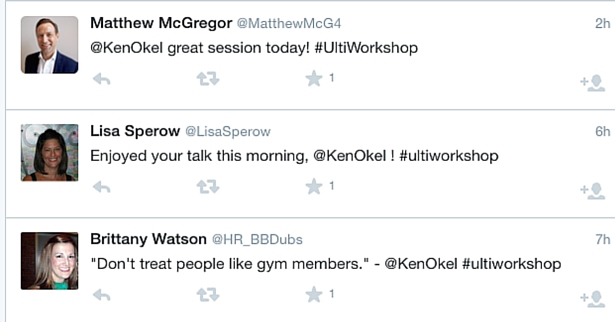 if you need a better way to solve problems, then you need to show thoughtful consideration and ruthless action. Otherwise, the challenge will continue to live, rent free, on your bottom line.
if you need a better way to solve problems, then you need to show thoughtful consideration and ruthless action. Otherwise, the challenge will continue to live, rent free, on your bottom line.
Some problems are the equivalent of a shot glass while others are more like super gulps. Your challenge is to understand how to address each one.
Do you approach every challenge the same way? This can result in either the big problems being ignored or little ones being allowed to thrive like weeds.
Ignoring the size and scope of your challenges will cost you time and money. To solve your problems, big and small, consider these steps:
Understand the Impact
A copier being jammed by a piece of paper could be considered a small problem. If it happens frequently then it has a much larger footprint on your life.
Living with this challenge has an ongoing affect until someone either fixes or replaces the machine. The danger is that you become accustomed to these, little problems, and forget how much time they steal from you.
To prevent this familiarity, imagine that an outsider were to come into your organization, like a visitor to your home. Are there things like a toilet that doesn’t flush that would embarrass you? In this scenario, you wouldn’t hesitate to address the problem.
Little problems won’t bring your business to its knees but they will slow you down. Why allow a solvable situation to continue?
Don’t Let Size Intimidate
We tend to put big problems on a pedestal and find many excuses why we can’t solve them. The size intimidates us and you may feel like everything else has to be perfect before you can take care of it.
Your doctor is probably familiar with this situation, which it comes to trying to solve problems. While there may be nothing more important than your health, going to the doctor when you know that something is wrong can be a challenge. You can come up with lots of excuses why you don’t immediately seek out help for what’s a known concern.
To change this perspective, add some urgency to the problem. Ask yourself, “How much worse off will I be if I do nothing about this problem today? Am I willing to continue to pay that price and what might I lose if I continue to choose inaction?”
Let your answers help you prioritize the challenges you need to address as soon as possible:
Use the Correct Tool
Too many of us don’t use the right tool when it comes to solving a problem. Think of it like trying to use a shot glass to empty a full bathtub. You can make progress but it will take a tremendous amount of time and energy to get the job done.
Sometimes the tool is a matter of people power. In this case, it may be too much, rather than too little. Have you ever had a challenge that required an “all hands on deck response?” While it may be romantic to see everyone focused on a single task, you have to realize that you have most of them doing things outside of their normal duties.
You went for a short term fix, by getting more help. The downside is that your decision could have long term implications in that less overall work gets done. That’s not a good way to solve problems.
Why not bring in outside help like interns or temporary workers to take on the challenge instead of having your regular staff drop everything? While there may an initial cost, you won’t see the ripple effect of a productivity loss from your team.







